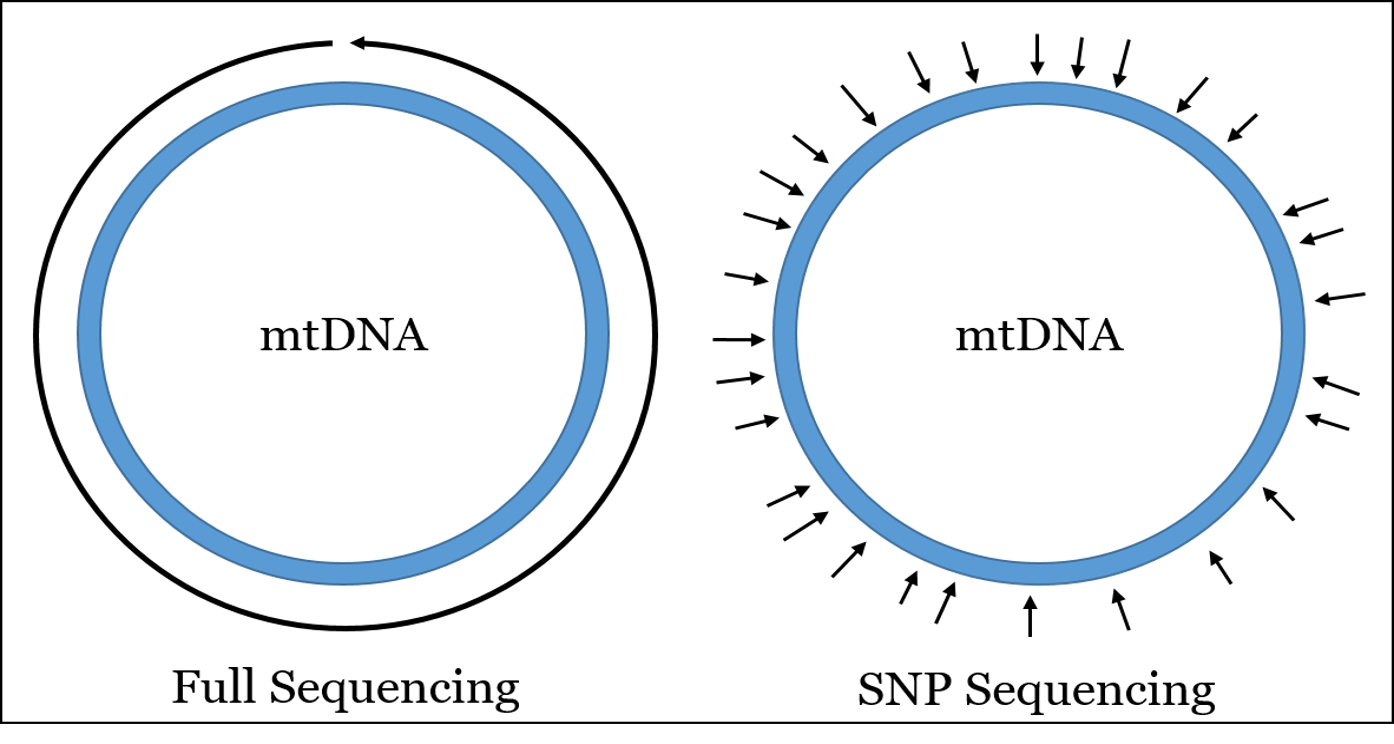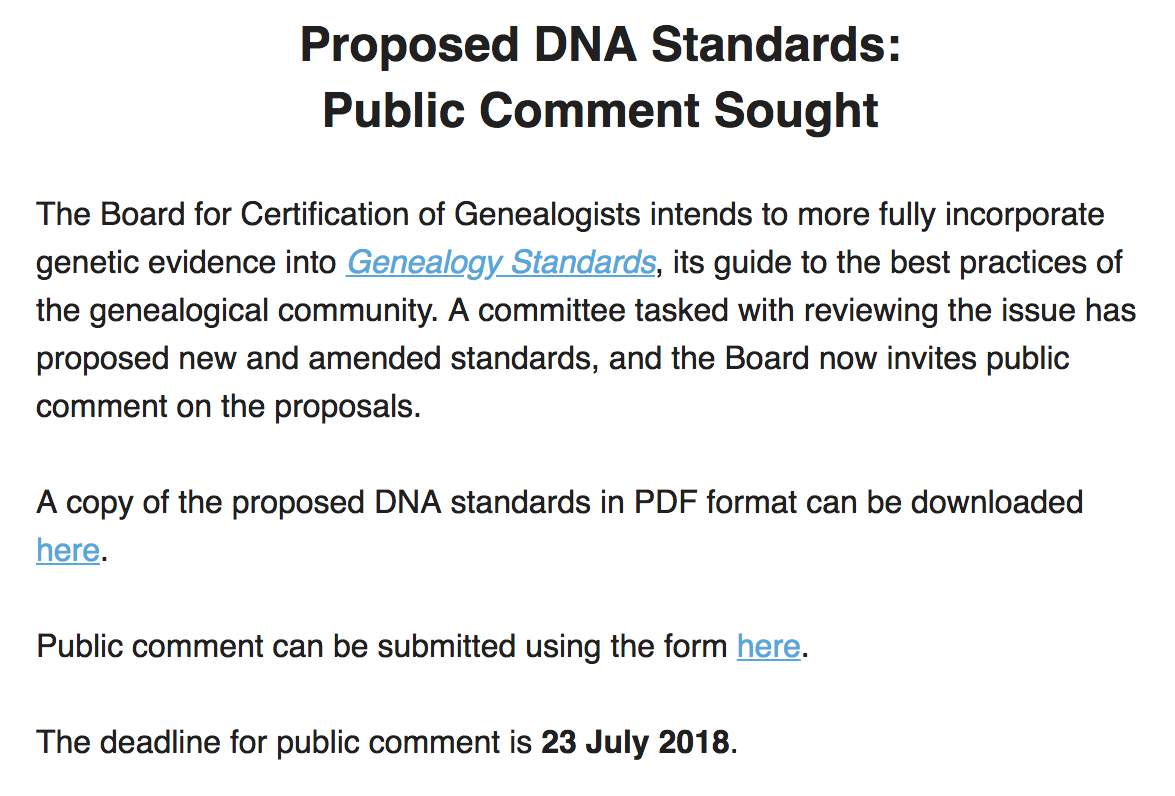 It is canon that you received your mtDNA from your mother, who received it from her mother, who received it from her mother, back through time to Mitochondrial Eve. But could that canon be wrong?
It is canon that you received your mtDNA from your mother, who received it from her mother, who received it from her mother, back through time to Mitochondrial Eve. But could that canon be wrong?
Probably not. And even if some paternal mtDNA were to “leak” into and survive in the embryo, it would happen so rarely that it could only affect things like the timing to Mitochondrial Eve and population studies, NOT genealogical research.
[New] Research from PNAS
In new research from the journal PNAS published today (“Biparental Inheritance of Mitochondrial DNA in Humans“), which is unfortunately behind a paywall, researchers identified paternally-inherited mitochondrial DNA in 17 individuals spanning three unrelated families. What is missed from the media coverage, however, is that these families were identified because member(s) were presenting with conditions that made the researchers suspect a mitochondrial disorder.

